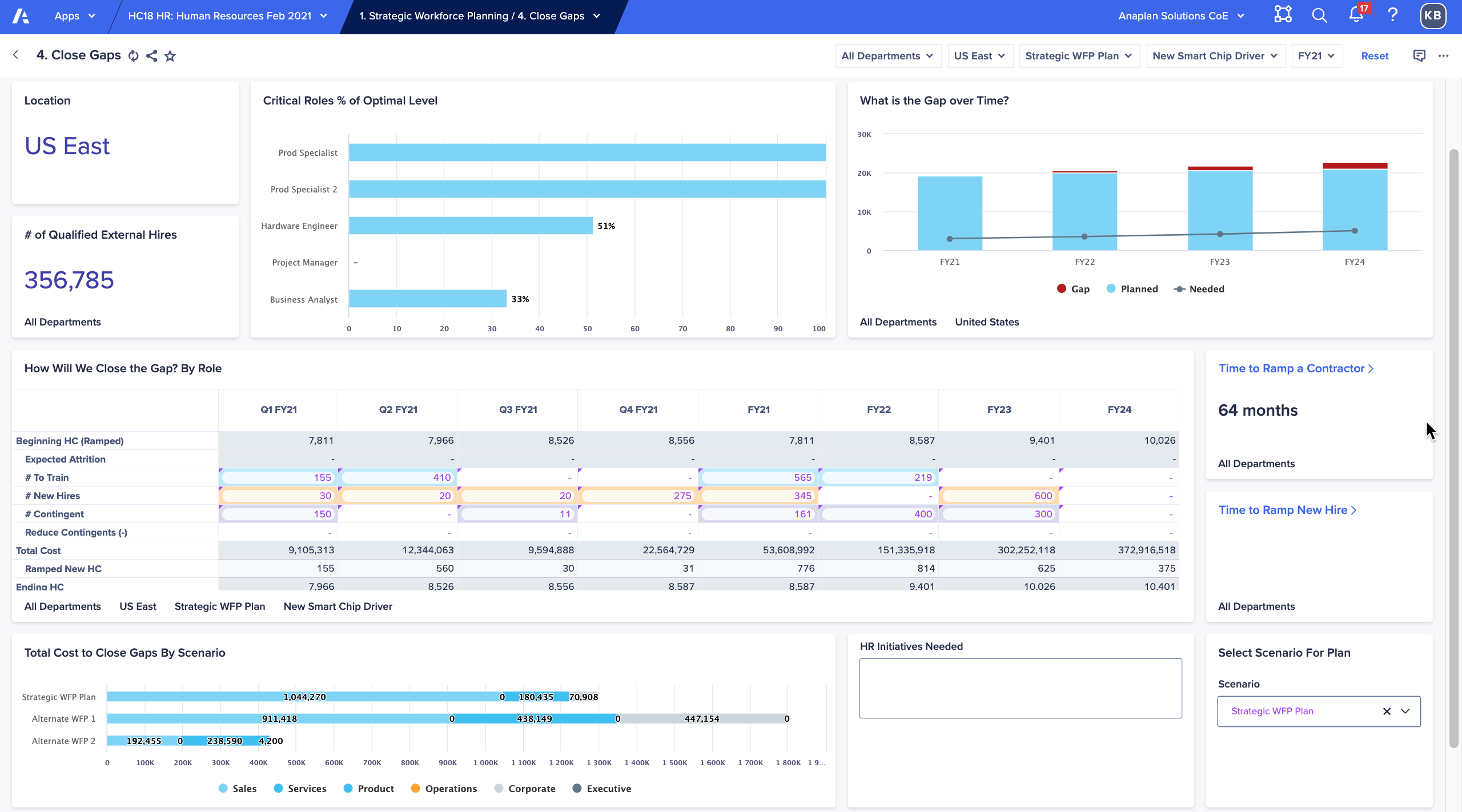Workforce planning considerations for contract and temporary roles


Check out these tips and resources for creating a successful contingent workforce plan.
In the past few years, contingent workforces have been growing at an increasing rate and are estimated to reach $465.2 billion by 2031. According to Deloitte, some companies are spending up to 30 percent of procurement dollars on contingent workers, which can be defined as independent contractors, freelancers, consultants, and temporary workers. These outsourced labor sources provide increased flexibility for many organizations to tap into skilled and remote workers.
An article in the Wall Street Journal, “In the $75 Billion Videogame Industry, Hiring People Is a Last Resort” by Lauren Weber (paywalled), cites the shift toward project-based work as the leading cause for the growth of the temporary workforce.
“[T]he videogame business looks a lot like the workplace of the future,” Weber writes. “A lean core of in-house employees focuses on the most important jobs, with the rest hired out to layers of contractors and subcontractors. Outside workers come and go based on project cycles.” As Weber notes, this shift is not limited to one industry. In fact, there is a growing presence of this type of workforce across hospitality in hotels and restaurants, in retail stores, contact centers, and even the technology industry.
But there are some challenges in using this workforce model. For one thing, it increases the complexity of workforce planning and optimization. External labor sources will vary depending on project complexity and time requirements. The management of these workers will involve coordination between internal finance, HR, and operations departments, as well as a contract agency at times. Operationally, companies will be challenged to accurately forecast and determine the required workload and workforce capacity down to daily labor hours and expenses.
On the other hand, when plans are effectively implemented, companies can save a meaningful amount of money and time, while their workforce enjoys increased flexibility. The temporary workforce is leading the new wave of employment standards.
So what does a strong contingent workforce plan include? Here are four critical components to consider:
Daily forecasting. Use statistical forecasting and historical analysis to determine common workforce trends for the organization.
Productivity analysis. Determine target labor coverage and labor expenses down to an hourly basis. This lets you see the financial impact that comes from changes in productivity.
Labor-rate planning. Forecast labor coverage, hours, and expense by role and required skills. Doing so helps you build a bottom-up approach to planning.
Scenario planning. Predict how seasonality or events play out overtime and impact the business. This enables you to see changes based on factors like day of week, time of year, special events, and holidays.

These four components are essential to successfully run a business augmented with a contingent workforce. But if this workforce is not well planned and managed, it can quickly become more costly than forecasted. Companies need to be strategic and use scenario planning to anticipate and predict changes in workload, seasonality, or project demand to achieve optimal workforce success.
With effective workforce planning, your company can balance the benefits of both a full-time and contingent workforce to deliver on products and services while saving on costs.
Interested in learning more about how your organization can plan for your workforce needs? Check out The Josh Bersin Company report on integrated workforce planning to learn how you can eliminate planning and decision silos and drive greater business value.